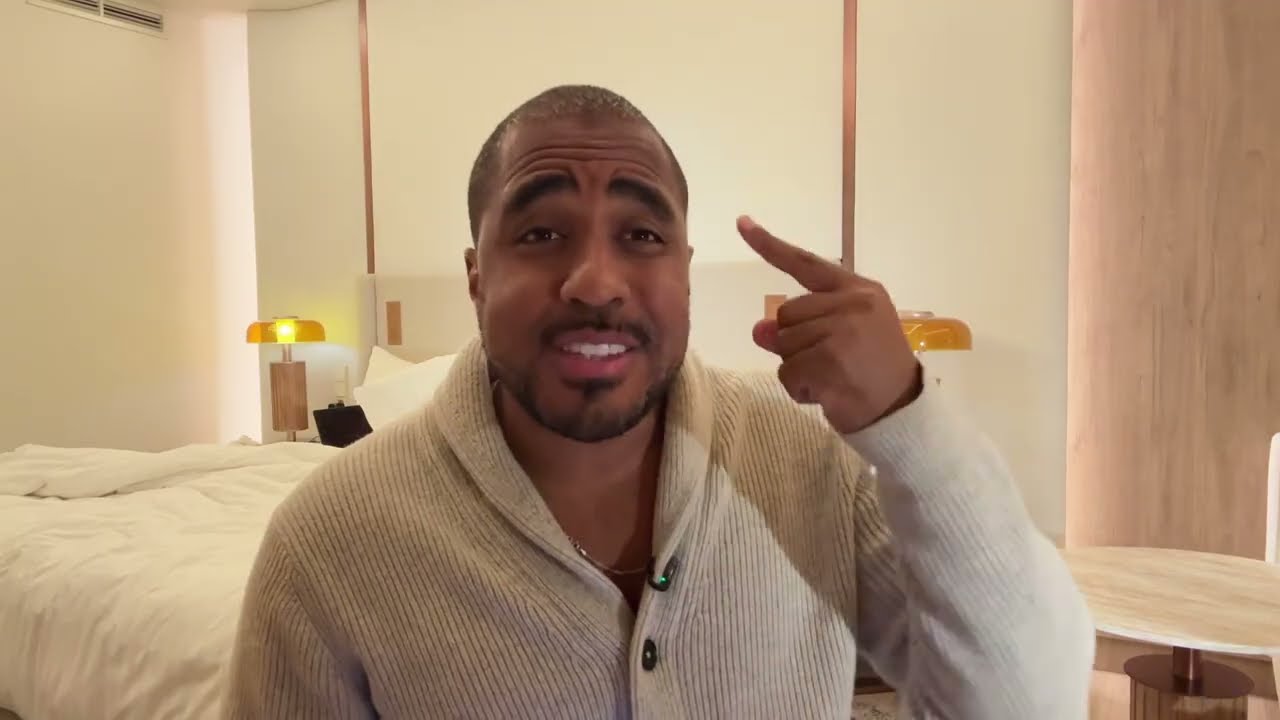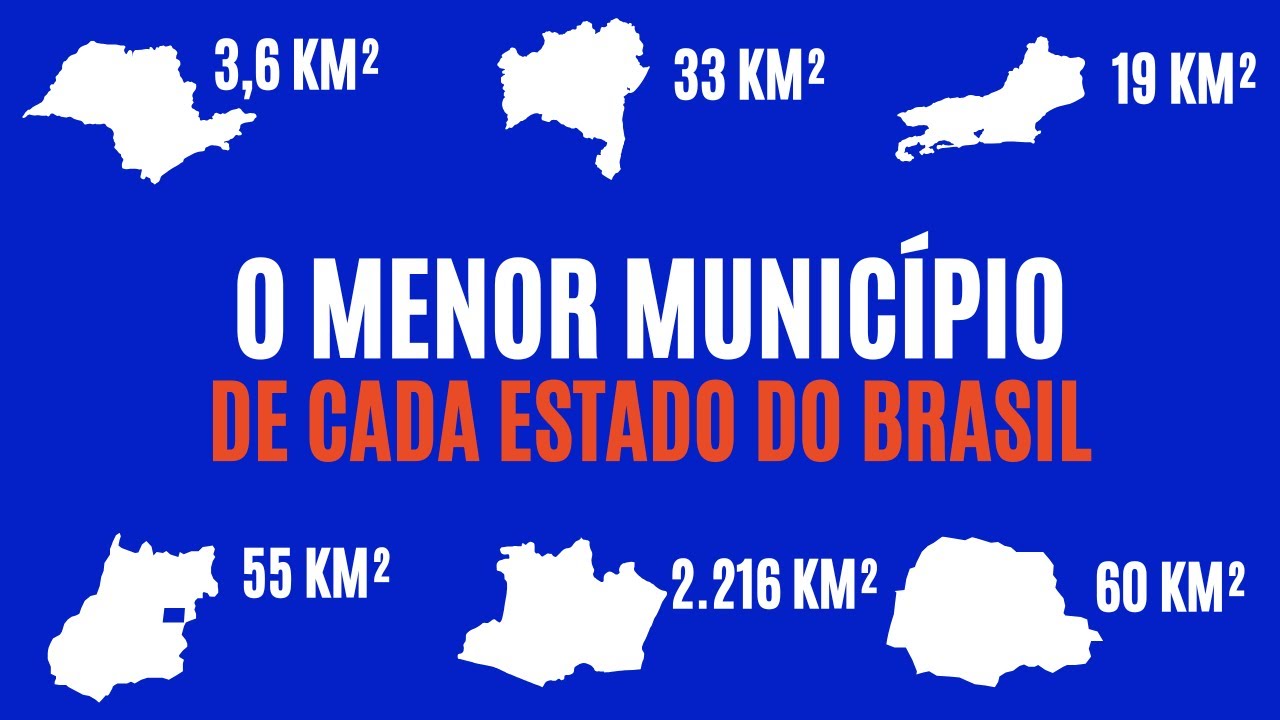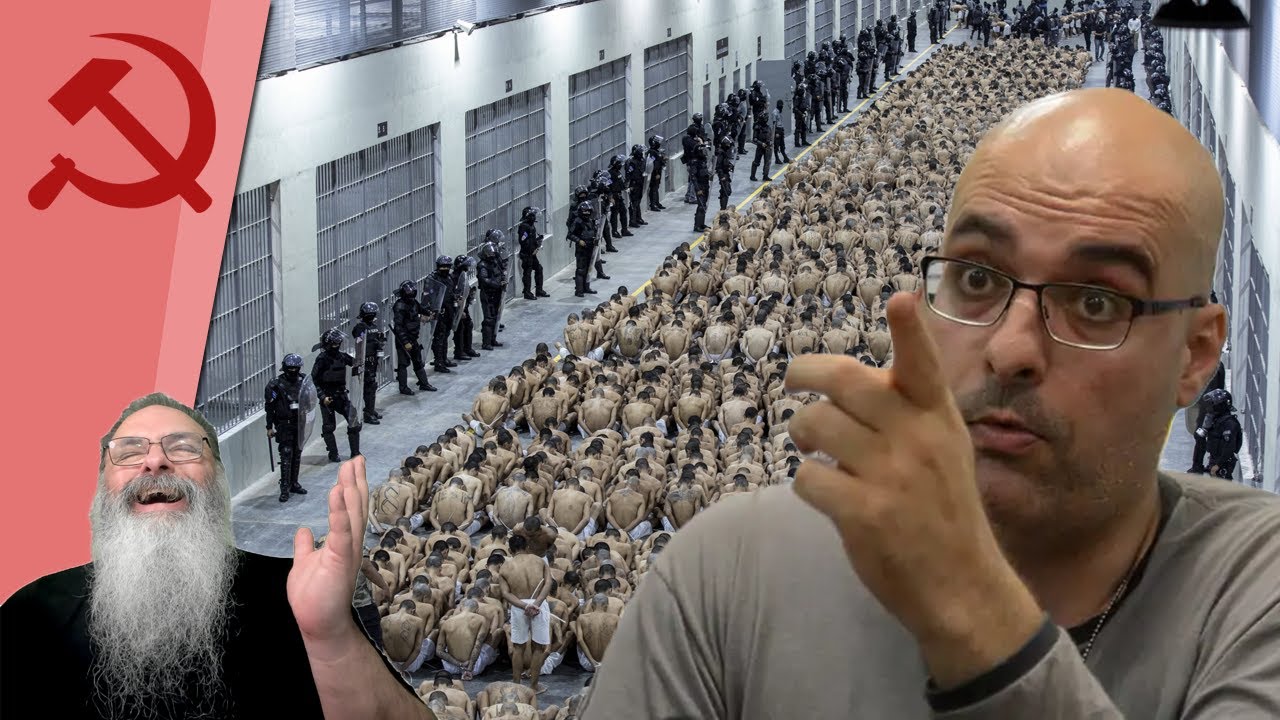O PIOR MEDICAMENTO que Destrói teus Olhos com o Tempo – Causa Cegueira
1Hello! Imagine the following scenario: you go to the doctor and receive a prescription for something common – an allergy, a headache, maybe even to control your weight. You trust him, follow his advice and the problem improves. But what if I told you that while one problem was being solved, another, much more silent and dangerous, was starting… right inside your eyes? Today, we are going to reveal 8 categories of common medications, used by millions, that carry a hidden risk: the ability to cause serious and permanent damage to your vision. Understanding this is the first step to protecting yourself and taking control of your health. And I guarantee that the number 1 medication on our list will shock you. It is the center of a new and urgent global concern, linked to the most talked-about drug of the decade. The information is so recent that most people, and even many doctors, have not yet realized the extent of the risk. But first, enjoy the video, subscribe to the channel so you don’t miss our health alerts, and activate the bell to receive notifications. And also share this knowledge with your friends and family. By sharing, you can literally help save someone’s vision. So share it! And tell me: have you ever felt any side effects that worried you? And what part of Brazil or the world are you from? I love to know where you watch us from. Write it down below! Let’s go! First, and this is essential: this video is a warning for dialogue, not for panic. The message is: talk to your doctor, add an ophthalmologist to your team and NEVER, ever, stop a treatment on your own. Information empowers, it does not paralyze. Let’s start our countdown. Starting with number 8, one of the most widely used medications on the planet: contraceptives. Although safe for most, they alter hormonal balance and can, in rare situations, affect blood circulation. Think of the blood vessels in your eyes as tiny pipes. Alone, the medication usually does not cause problems. But combining it with smoking drastically increases the risk of thrombosis, the formation of a clot. If this clot forms in a vein in the eye, it blocks blood flow, causing sudden and sometimes severe damage to vision. The lesson here is clear: the combination of contraceptives and cigarettes creates a risk that neither of them poses on its own. If you use one and smoke the other, you need to discuss this dangerous interaction with your doctor immediately. If the previous risk is in the combination, our next item on the list is dangerous in its own right. It is a true “Swiss Army knife” of medicine, used for everything, but which can attack your eyes in two treacherous ways. We are talking about corticosteroids. Their power comes with a price, and in the eye, they can take their toll in two ways. The first, especially with oral and prolonged use, is cataracts. They cause a specific type that forms right in the central axis of vision, causing vision to become extremely blurry on sunny days, for example. Fortunately, this can be resolved with surgery. But the second threat is more silent: glaucoma. Especially common with over-the-counter corticosteroid eye drops, it can clog the eye’s drainage system. Pressure builds up and crushes the optic nerve slowly, painlessly and without warning. It’s a double whammy that requires constant vigilance. If corticosteroids work slowly, our #6 is the opposite. It can cause a medical emergency within hours. The trigger here is pupil dilation, a very dangerous mechanism of action that several common medications share. A famous example is Topiramate, used for migraines. It can cause swelling that closes the “drain” of the eye all at once, causing an acute glaucoma attack, a severe, painful emergency. But here’s the kicker: other common medications do the same thing, such as certain antidepressants. For people with farsightedness or cataracts, dilating the pupil is like lighting the fuse on a bomb. The good news? It’s 100% preventable. Before starting any such medication, a simple eye exam can measure the angle of your eye. If it is dangerous, a quick and painless laser procedure eliminates the risk forever. Ask your doctor about this. It is the information that prevents catastrophe. If the previous problem was a blockage, our fifth group acts vascularly. It can cause a real “infarction” in the optic nerve. We are talking about PDE5 inhibitors. Yes, the famous erectile dysfunction drugs: Cialis, Viagra, Tadalafil. It is common for them to cause temporary changes, such as blurred vision or seeing the world through a blue filter. This happens due to a weak interaction with an enzyme in the retina. However, the real danger, although rare, is the chance of sudden and permanent loss of vision. Think of it as a “stroke” that occurs specifically in the optic nerve. These drugs can cause a slight drop in overall blood pressure. In an eye with circulation already at its limit, this can be the last straw to cut off the blood supply. The loss of vision is sudden, painless and, in most cases, permanent. What if a drug, instead of attacking by surprise, gave a very specific warning sign? A sign that, if caught early enough, could save your vision? Our number 4 drug, Ethambutol, an antibiotic for tuberculosis, does just that. It attacks the nerve through toxicity, but here’s the key: the first, very first sign that something is wrong is not blurry vision, but rather the loss of the ability to distinguish colors. Specifically, red and green begin to look “washed out.” If you notice this and tell your doctor right away, stopping the drug can completely reverse the damage. But with our number 3 drug, the story is scarier. The damage it causes is irreversible and can continue to progress even AFTER you stop taking it. We’re talking about hydroxychloroquine. Famous during the pandemic, it’s used for lupus and rheumatoid arthritis. The molecule deposits itself in the retina. Imagine a toxic pigment “staining” the sensor of your digital camera from the inside, permanently. By the time the symptom appears, the damage is already extensive. The only way to protect yourself is with specific tests, such as OCT, which works like a radar, detecting deposits years before any symptoms. And what happens when a medication causes damage that disguises itself, imitating another disease and making the doctor’s decision a dilemma? Our number 2, Amiodarone, an antiarrhythmic that I, as a cardiologist, prescribe to save lives, does this. It can cause swelling that leads to death of the optic nerve, a condition almost identical to the “optic nerve infarction ” that can happen spontaneously. There is no test that gives 100% certainty of the culprit. And the decision to stop a medication that keeps the patient’s heart working… is one of the most difficult in medicine. And that brings us to number 1. If amiodarone is an old dilemma, our number 1 is the opposite. It is the most talked about drug of the decade, a global weight-loss craze that now, thanks to a Harvard study, is at the center of a new and urgent concern. It’s time to talk about GLP-1 analogues. We’re talking about Ozempic, Wegovy, Mounjaro. Developed for diabetes, they exploded in popularity for weight loss. But now, a red flag has been raised. The same “optic nerve infarction” is being linked to them. Researchers at Harvard, in the prestigious JAMA Ophthalmology, investigated the reports. The results are too strong to ignore. The risk of developing this sudden blindness was 4.28 TIMES HIGHER in diabetics. And most shocking: for patients using the drug ONLY for obesity, the risk was 7.64 TIMES HIGHER. This is a huge red flag. The theory is that rapid changes in metabolism affect the delicate vessels of the optic nerve. The condition has a name: Non-Arteritic Anterior Ischemic Optic Neuropathy , or NAION. Anvisa has already issued a warning. If you use or are thinking about using it, an eye exam is no longer optional. It is essential. Phew. As we have seen, from the oldest to the most modern remedies, the central message is not one of fear, but of power. The power that information gives you. Being an active patient, who asks questions, who monitors their own health, is the greatest protection you can have. Did you like the video? Remember to like it and, please, share it. The information The information about Ozempic, in particular, is very new and needs to reach more people. And what will be the next video you will watch? I will recommend 12 foods with zero carbohydrates and sugar that can help eliminate fat in the liver. Some you would never imagine… My name is André Wambier, cardiologist, and this is Cardiodf.com.br. Remember to subscribe. And until the next video. Thank you very much!









